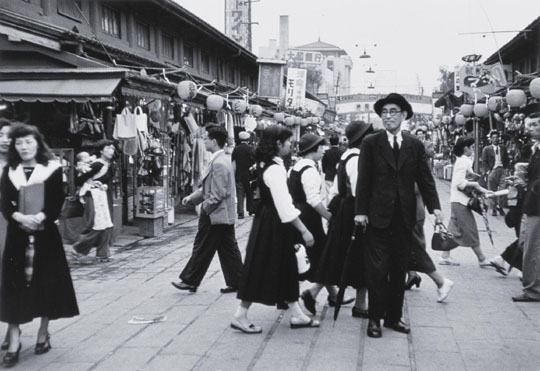When the Leica was introduced in 1925, a new era in photography began. The compact camera, by being much lighter and more versatile than previous models, gave photographers unprecedented freedom in choosing the subject, angle and moment for their snaps.
The minimization of physical constraints embodied in the Leica also meant that photography became much more a question of the character of the person wielding the camera. This is the premise of the exhibition "Ihee Kimura & Henri Cartier-Bresson: Eastern Eye & Western Eye" at the Tokyo Metropolitan Museum of Photography, which, by choosing one photographer each from the East and the West, also suggests that photography styles may express different cultural views.
This aside, with around 150 photos, the first impression the exhibition gives is of the overwhelming genius of Henri Cartier-Bresson, the French photographer who helped found the Magnum cooperative photo agency and is widely regarded as the father of modern photojournalism.

















With your current subscription plan you can comment on stories. However, before writing your first comment, please create a display name in the Profile section of your subscriber account page.